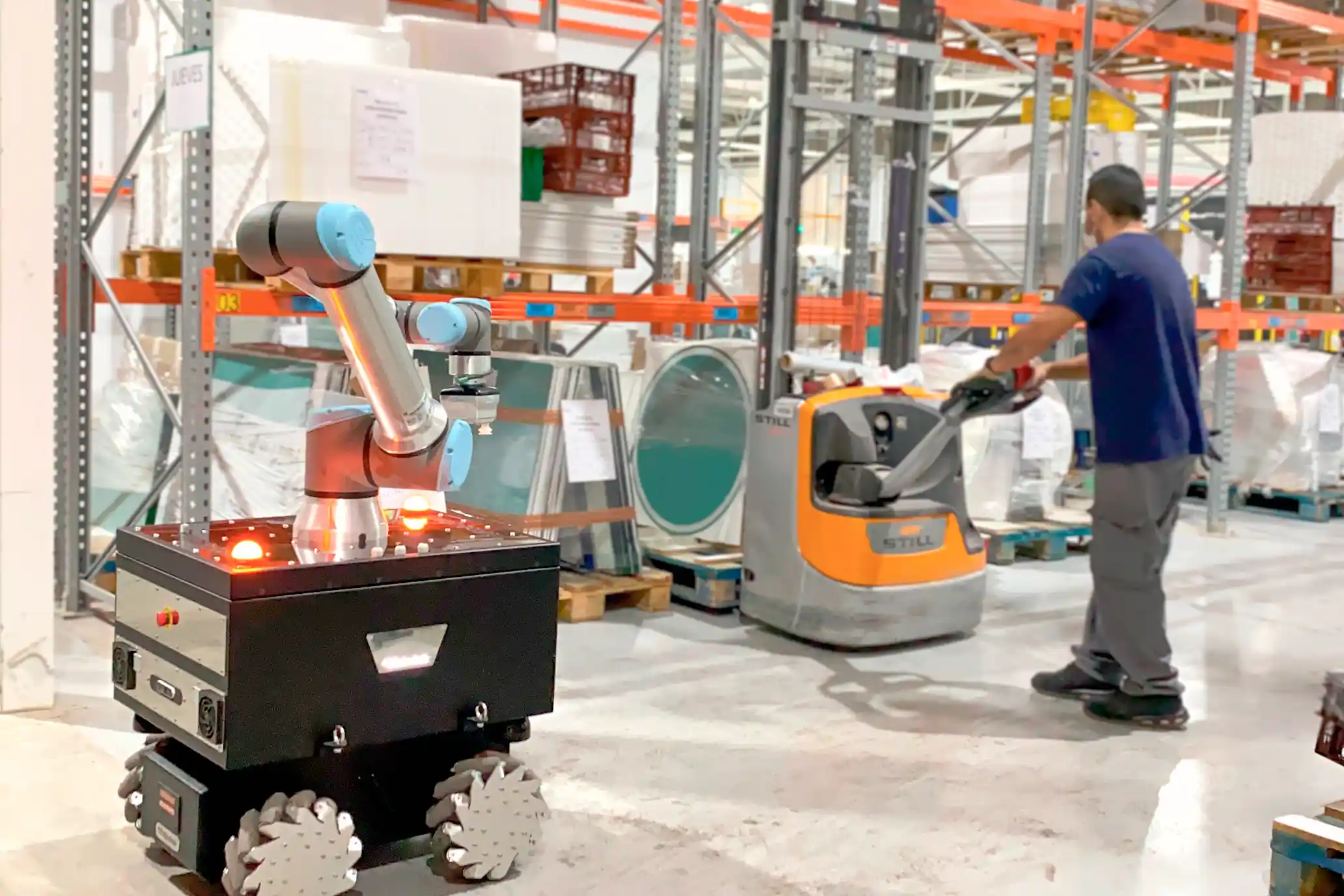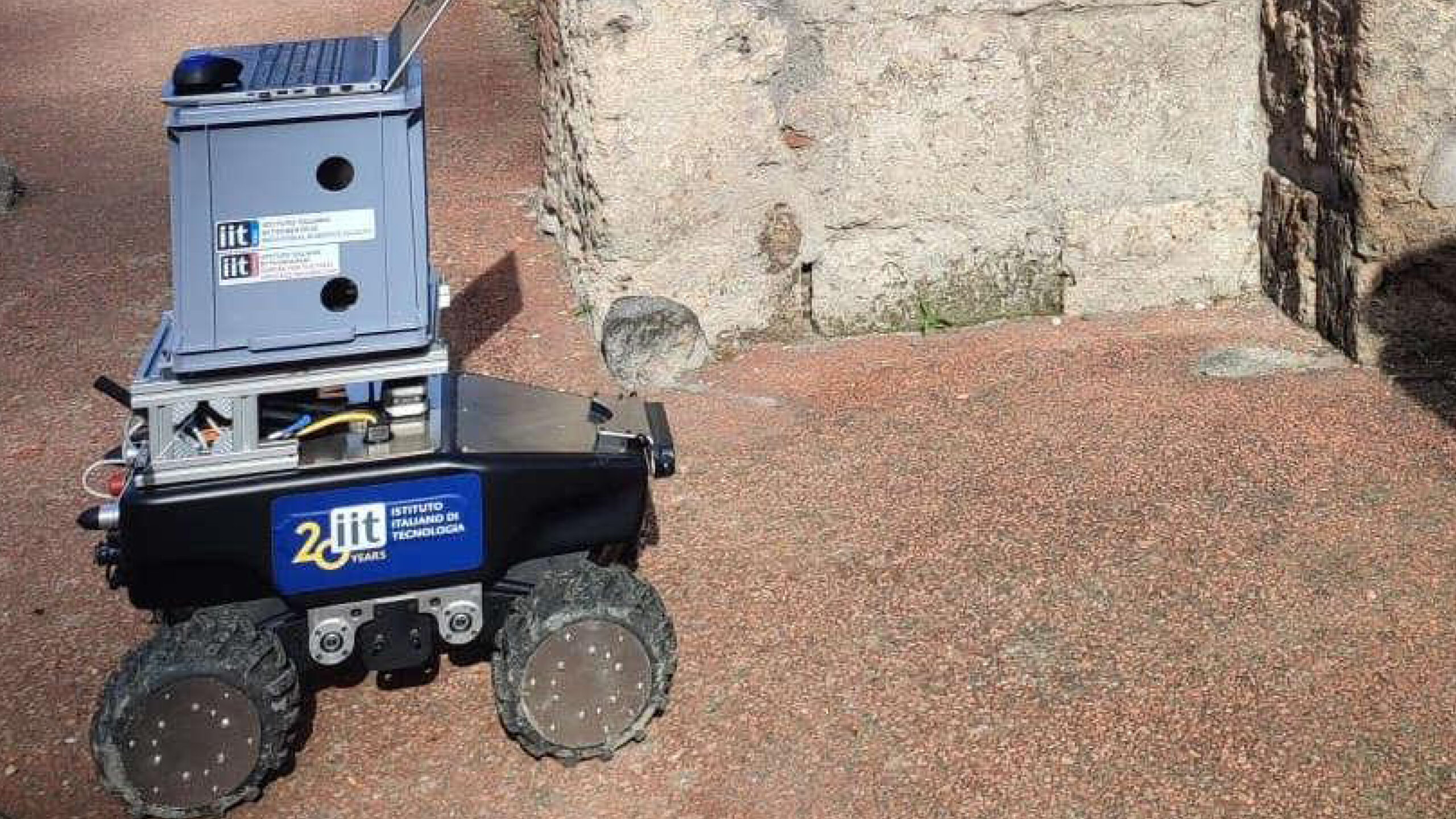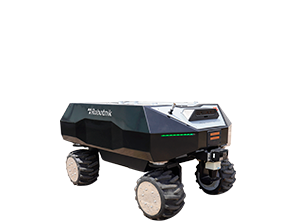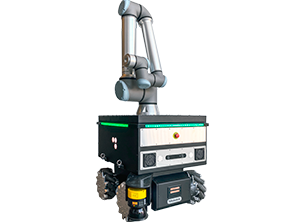Robotic arms expansion goes on, driven by the growing need for automation in more and more sectors and the emergence of cobots or collaborative robotic arms that have brought many facilities for users, both in terms of usability and flexibility.
The use of robot manipulators is widespread for moving items from one point to another (Pick & Place), feeding machinery, welding or screwing parts in sectors such as logistics, automotive or aerospace.
We want to show 3 examples of new uses and applications that are perhaps less known but are setting trends: conservation of cultural heritage, uses of robotics in hazardous environments and agriculture.
In the last point of the article, we refer to another aspect that is directly related to the possibilities of use of robotic arms and mobile manipulators: the End Of Arm Tools (EOAT).

WHAT IS A ROBOTIC ARM?
A robotic arm or manipulator robot is a mechanical device designed to emulate the movement and functionality of a human arm. It consists of joints and interconnected parts that allow precise movements and positioning. Robotic arms are commonly used in industries such as manufacturing, aerospace and logistics for tasks such as assembly, welding or material manipulation. They can be controlled manually, programmed automatically or enhanced with Artificial Intelligence for adaptive operations. Depending on their design and function, robotic arms can vary in degrees of freedom, payload capacity and customisation.
Beyond manipulator robots understood as cobots or robotic arms anchored or fixed in one location, this article provides an insight into the advances, uses and applications of mobile manipulator robots, i.e. autonomous robots whose robotic arm is mounted on a mobile platform.
USES OF MANIPULATOR ROBOTS
Industry 4.0 has transformed production and consumption through automation, redefining industrial processes. The use of manipulator robots plays a key role in various widely adopted applications such as product assembly, automated welding, painting, palletizing, packaging or loading and unloading of heavy machinery.
However, the growth in demand for automation has driven greater adoption of manipulator robots in emerging sectors, giving rise to new, less well-known applications but with promising development:
Manipulator robots in hazardous environments
The use of robotics in hazardous environments where human intervention poses safety risks, allows the anticipation of disasters or the analysis of data in areas with extreme conditions, protecting people.
-
- Nuclear exploration: a mobile manipulator robot in nuclear plants, can handle radioactive materials, minimizing worker exposure.
- Disaster rescue: robots with articulated arms moving debris or making a first assessment in disaster areas, so that rescue teams have more complete information about the situation they are facing and can proceed accordingly.
- Chemical handling: many laboratories and factories are implementing autonomous mobile manipulators to handle products that are toxic or harmful to the health of operators.
Manipulator Robots for automated agriculture
Manipulator robots still have a lot to contribute to the agricultural sector. The lack of labor or the difficulty involved in certain agricultural processes makes it necessary to automate agriculture with the aim of improving efficiency and increasing their profitability. These are 3 examples of tasks that the RB-VOGUI+ robot can perform in agriculture:
-
- Monitoring of fruits and crops: with vision tools to identify, classify and even collect products according to the point of ripeness.
- Automated pruning: removing unnecessary branches in crops such as vineyards and fruit trees to improve their growth, is possible thanks to the different end-of-arm tools that can be integrated into RB-VOGUI+.
- Fertilization: automating the application of fertiliser products or other types of nutrients is a recurring task in any agricultural area that is tedious and even dangerous for farmers.
Robot Manipulators for Cultural Heritage Conservation
A more unknown and innovative use of mobile robots is in the restoration and preservation of cultural heritage. A recent example of this use is RINGHIO, a mobile robot for the conservation of the Pompeii Archaeological Park.
In addition to the monitoring and inspection of archaeological zones, manipulation robotics are also being an extraordinary tool for tasks such as:
-
- Cleaning of sculptures and frescoes: manipulator robots with microabrasion tools that remove dirt and possible dust particles without affecting the original surfaces.
- Reconstruction of damaged parts: manipulator arms capable of assembling fragments of ceramic, marble or paint, repairing their original structure.
- 3D scanning and digitization: They capture detailed models of works for analysis, virtual restoration or printing replicas in case of deterioration.

ADVANCES IN MANIPULATING ROBOTS
The expansion of robotics overall, and specifically the advancement of manipulator robots, is the consequence of several factors that have influenced the development of robotics over the years:
-
- Demographic factors: There is a crisis due to the shortage of workers and the aging population, which affects sectors such as agriculture or manufacturing. Manipulation robotics fills this gap, performing tasks for which there is no available labor.
- Social Factors: Increased awareness of robotics has contributed to the wider social acceptance of robotics. The growth in demand for autonomous mobile manipulator robots is directly related to a societal education effort in this regard.
- Technological Factors: Technological advances in robotics, such as sensor optimization, the development of artificial intelligence or navigation improvements, allow these robots to autonomously execute increasingly complex tasks in a more autonomous manner.
- Political Factors: In recent years, government initiatives that promote automation through robotics have increased, influencing the democratization of manipulator robots and their expansion in the market.
- Economic Factors: The expansion in the global market for manipulator robots means that their economic cost has decreased. Therefore, the initial investment in robots is lower. There are also more financing options that facilitate the adoption of these technologies.
END OF ARM TOOLS (EOAT)
INCREASES THE POSSIBILITIES OF A ROBOTIC ARM
End-of-arm tools (EOATs), also known as end effectors, are interchangeable accessories that attach to the end of the robotic arm to perform various tasks. These components provide the manipulator with specific functionality, expanding its capabilities beyond manipulation and adapting to the specific application. The range of tools available on the market range from tweezers, suction cups, robotic hands, welding torches or electric screwdrivers.
Thanks to EOATs, mobile manipulator robots become an even more versatile and flexible solution to address automation needs.
FAQs about Robotic Arms
A robotic arm is a mechanical device that mimics human arm movements for tasks like assembly, welding, and material handling.
Manipulator robots or robotic arms are widely used in nuclear plants, disaster rescue, and chemical labs to handle dangerous materials safely.
A mobile manipulator robot can automate agricultural tasks such as crop monitoring, automated pruning, and precise fertilizer application.
A robotic manipulator can clean artworks, reconstruct damaged pieces, and create 3D scans for preservation. The Mobile Manipulator robots can also execute inspection and monitorization or archeological areas, compiling and reporting data.
EOAT tools aka end effectors are Interchangeable tools like grippers or welders that enhance a robotic arm’s versatility, adapting it to the specific application.


